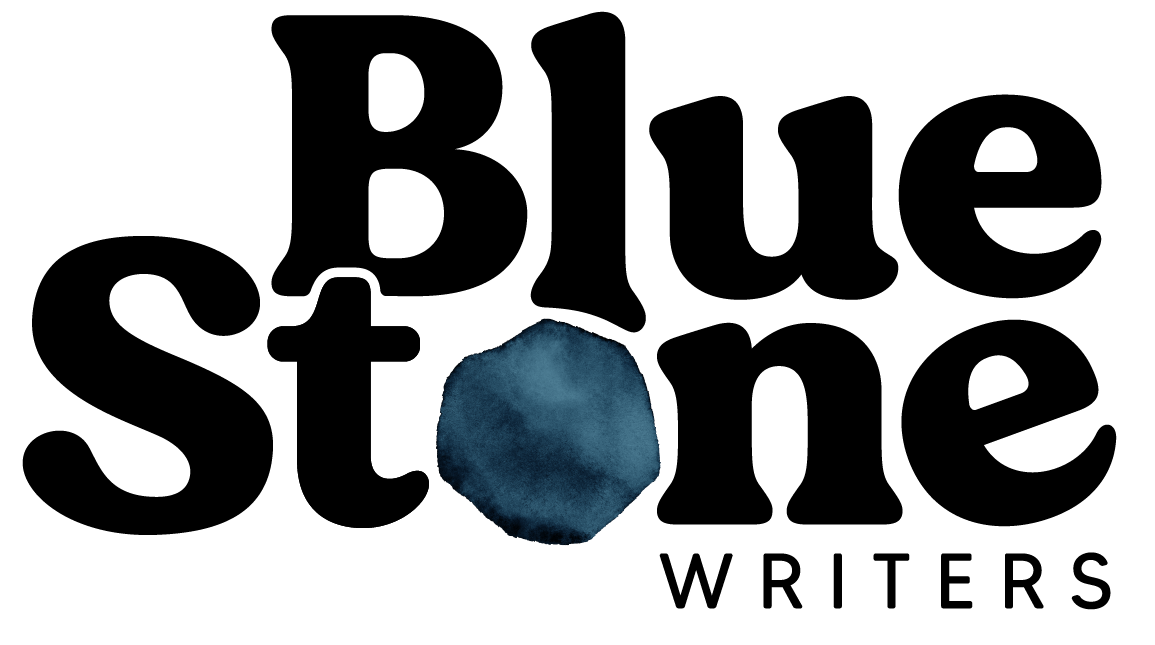guest post by Heather Harwood
“Stay afraid, but do it anyway. What’s important is the action. You don’t have to wait to be confident. Just do it and eventually the confidence will follow.” Carrie Fisher said that.
I first became a writer with a capital W at the Writing Barn in Austin, Texas. I was more or less a closet writer at the time. But after a particularly rough summer break with my young children, my husband insisted I find somewhere to go where I didn’t have to take care of anyone but myself. After giving it some thought, I decided to go somewhere that would let me expand on this writing thing I had fallen in love with. Thus, the Writing Barn.
My first night at that weekend workshop retreat, I shrank in my seat as I realized every writer there had either an MFA, a literary agent, and/or published books. And then there was me: a mom who was just trying to preserve cognitive function through writing. I was afraid to claim myself a writer that weekend, but I did it anyway, sharing my thoughts during workshop, discussing stories over dinner, and reading aloud the results of some prompts at a group reading.
And Carrie Fisher was right; my confidence grew.
I began an MFA program last year: the low residency Writing for Children and Young Adults program at the Vermont College of Fine Arts. I walked into the first day of my first on-campus residency as a Young Adult speculative novelist. I returned home at the end of that nine-day residency having committed to my author-illustrator faculty advisor that I would write a picture book biography. Can you imagine my fear in sending off my first completed attempt at a very foreign book form to a multi-award-winning virtuoso advisor? And yet…I did it. And I did it again the following semester with a new advisor under whose guidance I experimented (quite messily and sometimes embarrassingly) with a novel in verse.
I have just returned from another nine-day residency where I took a five-day workshop on the short story form. My excitement to learn a new form collapsed into fear on the first day when we were given time to begin writing a short story that was meant to be completed by the end of the week. Twenty minutes into that thirty-minute writing session I realized I was writing like a novelist—worldbuilding, fleshing out side characters, establishing back story.
Delete, delete, delete: try again.
By the end of the week, I had a completed short story. Not only that, I saw how the efficiency of language I learned in tackling picture books and the experimentation with poetics in that novel in verse were just the things to help me write my first short story. I met my previous challenges with varying degrees of success, but they accumulated in both a confidence to try and new skills to succeed.
Carrie Fisher was one smart writer: don’t listen to the fear, and don’t wait for the confidence. It's the action that’s important.
Guided Writing: Experimenting With Form
With these prompts, I will invite you to rework a challenging scene by exploring different forms. Note that these exercises are going to take a bit of time. I suggest you start a writing session with one of them, then do the next at your next session, etc. Or just pick one and see what you can learn. Go slow and dig deep. Your story is worth that.
Choose a scene that scares you, maybe because you must dig deep emotionally, because of a tricky plot twist, or because you aren’t sure what should happen or how.
For your first form challenge, write the scene only in dialogue. ONLY dialogue. Whether or not your scene already has a lot of dialogue, invent dialogue that would communicate what’s happening.
Now, rewrite the scene again, only this time think of it as a wordless picture book: you are only describing what is happening. Distill actions and emotions into a visual description only.
After completing a dialogue-only and a wordless version, consider what you learned about your scene. Make some notes of what you’ve noticed. Have you discovered new ways to write this scene?
Next, rewrite the scene as an English sonnet. An English sonnet is a 14-line poem written in iambic pentameter (each line is five sets of a light stress inflection followed by a heavy stress). It has the following rhyming pattern: ABAB CDCD EFEF GG.
If all the structure of formal poetry is too fearful, then relax: just write fourteen lines that feel right. However, I encourage you to consider keeping either the iambic meter or the rhyming scheme. This particular revision is all about considering your scene on the word level.
If you’re feeling it, here’s an extra sonnet challenge. See that final GG rhyming couplet? That last couplet traditionally explains all the previous lines of the poem, sometimes flipping previous implications on their head. You might try beginning this final couplet with the words “And yet” or “Despite.”
Now that you’ve completed this (probably embarrassingly terrible) sonnet, consider what you have learned about your scene. Do you understand something new? What do your chosen words tell you?
You did it! Don’t forget to reward yourself: a piece of chocolate? an indulgent drink? a dance around the room? Whatever it is, make sure Carrie Fisher would approve.
Heather Harwood has a BA in Art History from the University of Utah and worked for a time in an art museum in Michigan. While teaching preschool and raising her two sons with her husband in Texas, she began writing fiction. Now she is nestled in the Shenandoah Valley attending the Writing for Children and Young Adults MFA program at the Vermont College of Fine Arts. She also likes to make quilts.



